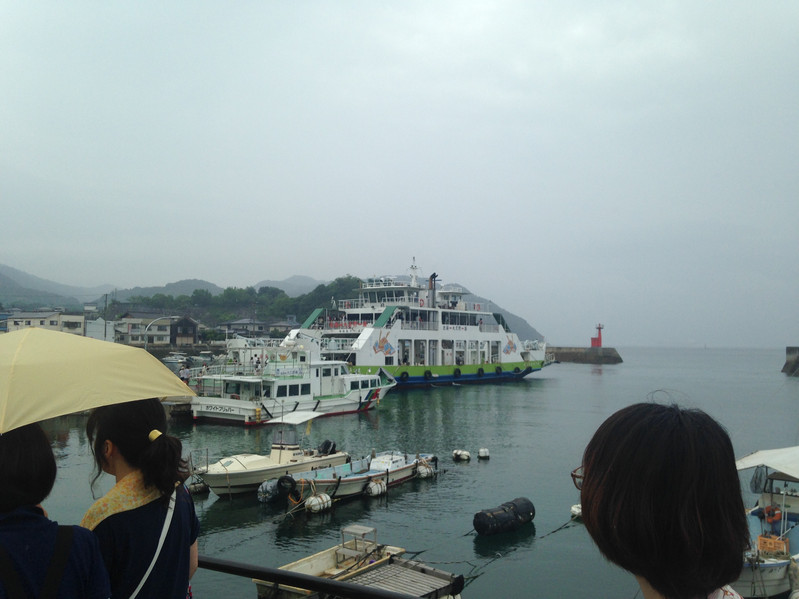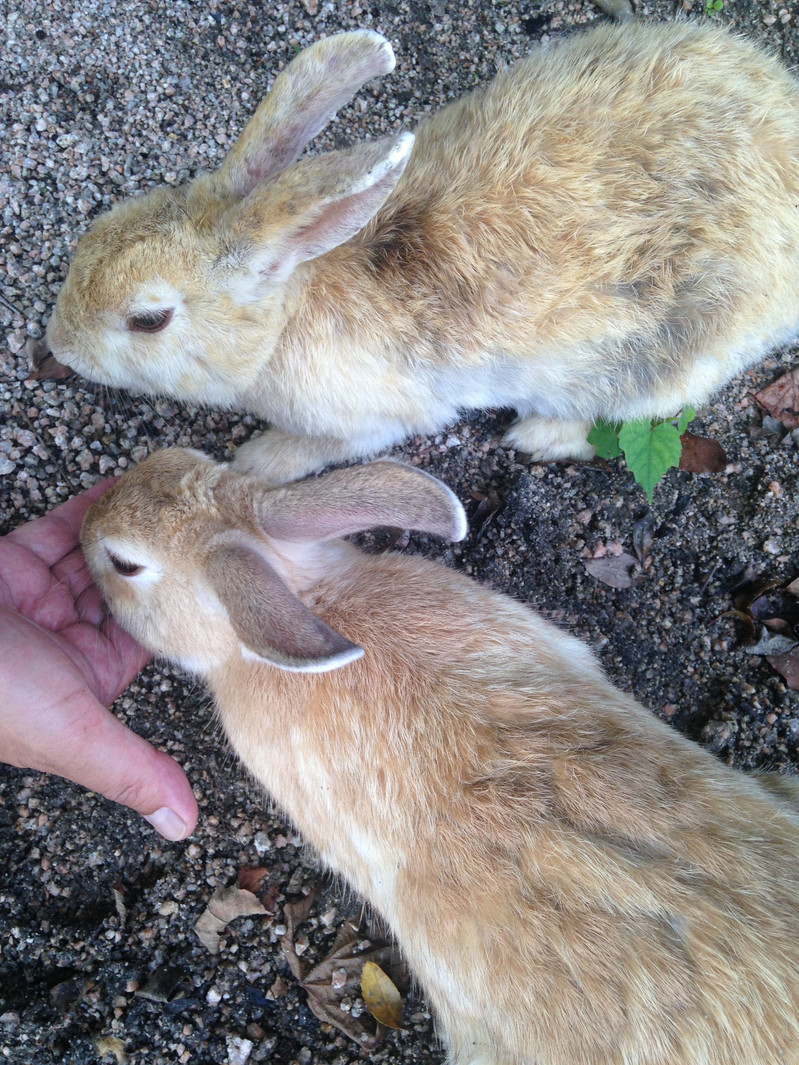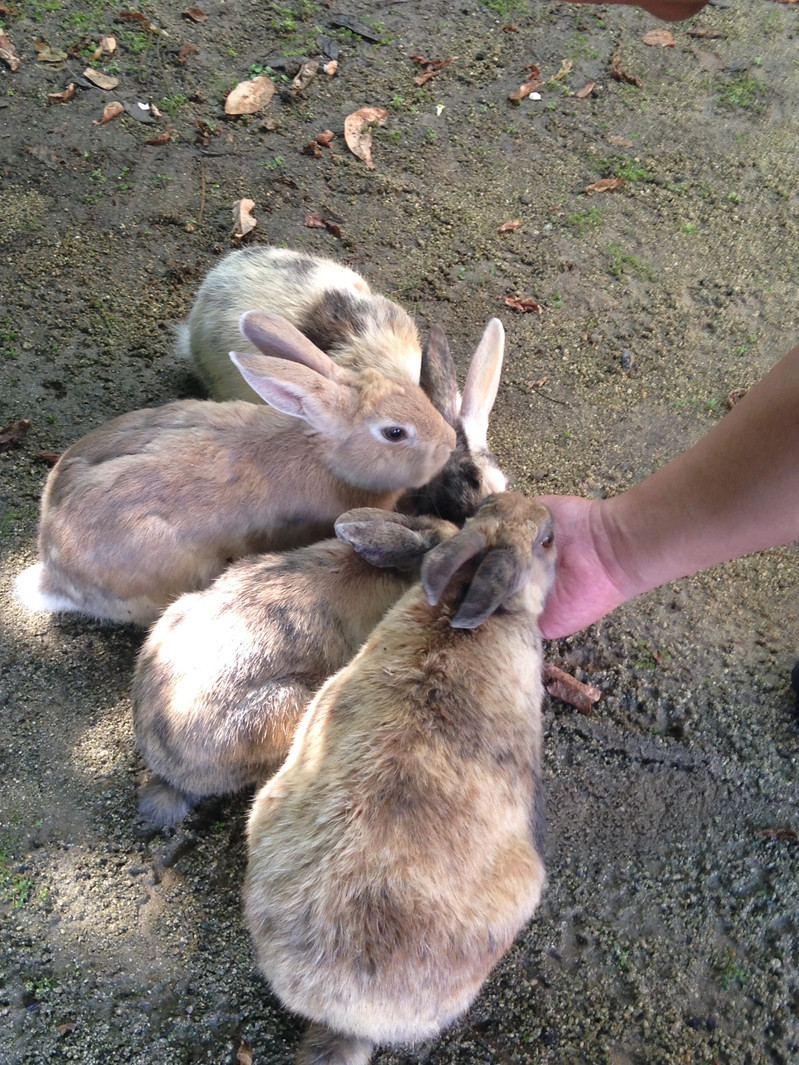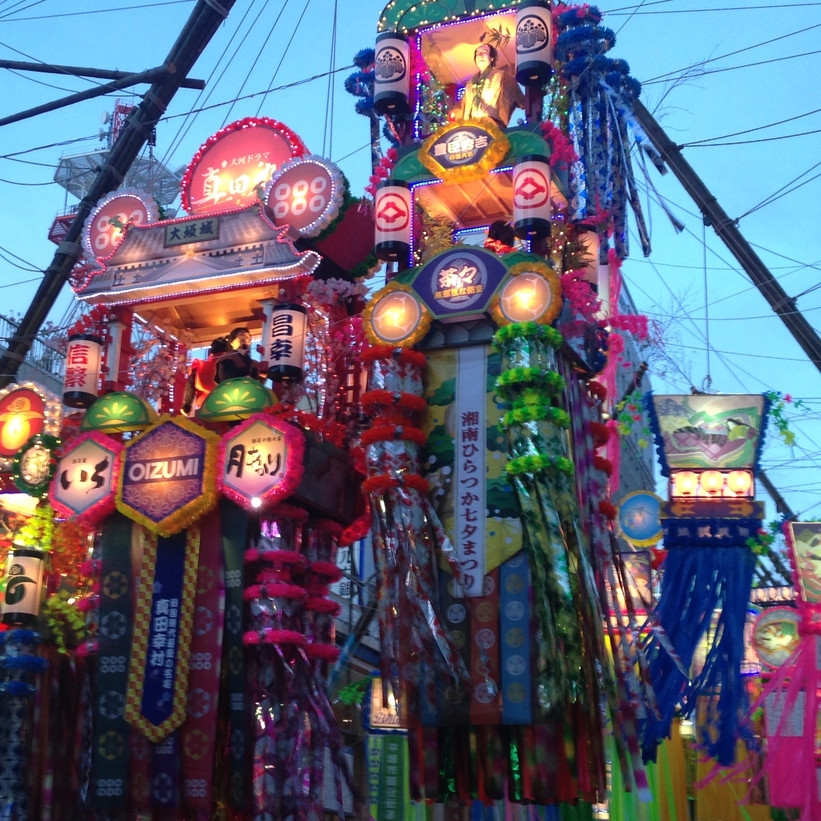Thursday, July 21, 2016
Wednesday we left Osaka for Kyoto on the slow train. (At $5 for the thirty-minute local train ride it was way better on our budget than almost $100 for a ten-minute ride on an express.) We spent the rest of the day wandering around our hotel located in the Gion district. We came specifically to see the Gion Matsuri, one of the biggest festivals in Japan.
Last time we were in Kyoto we stayed in a different neighborhood. This time, we are right next to the Yasaka Shrine in Gion at the Hotel Sunline Kyoto Gion Shijyo. It’s the perfect location! Past the hotel there are numerous shrines, old gardens, and beautifully restored villas and buildings as well as all the little stores and restaurants that make up the Gion district. Thumbs up to this hotel.
Thursday we headed to a new destination we’d never seen before: the Bamboo Forest of the Arashiyama district.
After a quick train ride from Kyoto station we got off at the Saga-Arashiyama train station. Following the signs and the crowds we headed to the grove of bamboo.
It was amazing. We stopped to admire the green oasis and to absorb a rush of serenity from the coolness and sound of the rustling leaves. After this moment of zen, we soldiered on through the bamboo respite and on down the road, entering the heat once again.
We picked up a map from the woman at the cottage because there are lots of country roads to wander down and we had a goal in mind of course, and we were going to need help to find it.
Along the path, we ran into lots of little artisan shops, and shops selling gifts and snacks, along with a few restaurants, and of course, vending machines.
It’s advised to keep an eye out for rickshaws-they can be a blast from the past that could ruin one’s day if they run into you.
As I mentioned, there are lots of shrines along the way, but we didn’t stop at too many because we were headed to the Buddhist shrine Adashino-Nenbutsu-ji. It’s one of the larger ones and is famous for its 8,000 pauper graves. It’s a beautiful place and features its own bamboo grove, and its own brand of serenity.
After walking around here for a while we decided to head back.
By the time we had made it to the bamboo forest around 2pm or so, there were lots more people around and it was a whole lot hotter.
Returning to the main area of crowds, we decided to stop and check out a bit of the Tenryuji Temple area. We opted just to take a few photos of the outside and then hightailed it back to the JR. I fear we have reached the saturation point of beautiful gardens and shrines (oh no, not another shrine)!
We may have returned overly heated once again, but the walk was filled with so many beautiful things. It was definitely worth it and we found zen in many shapes and in so many places!

















































